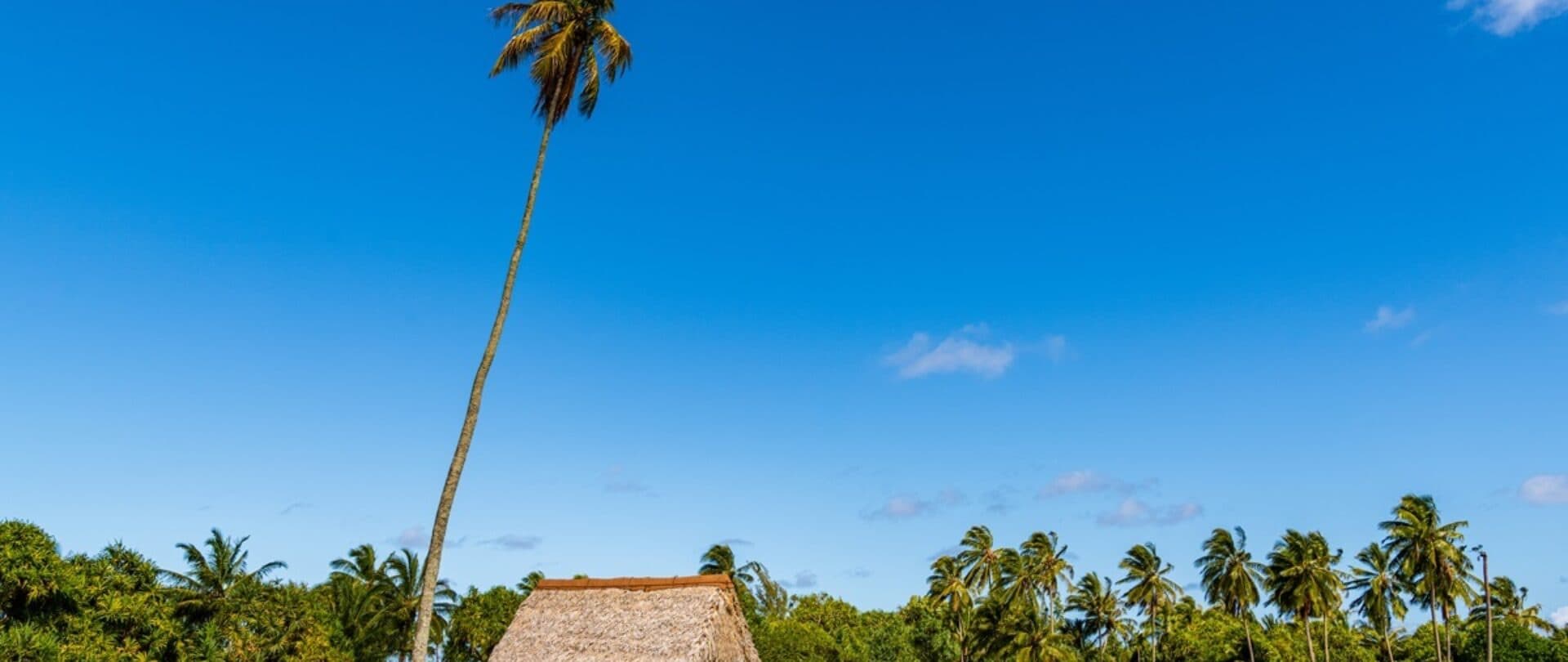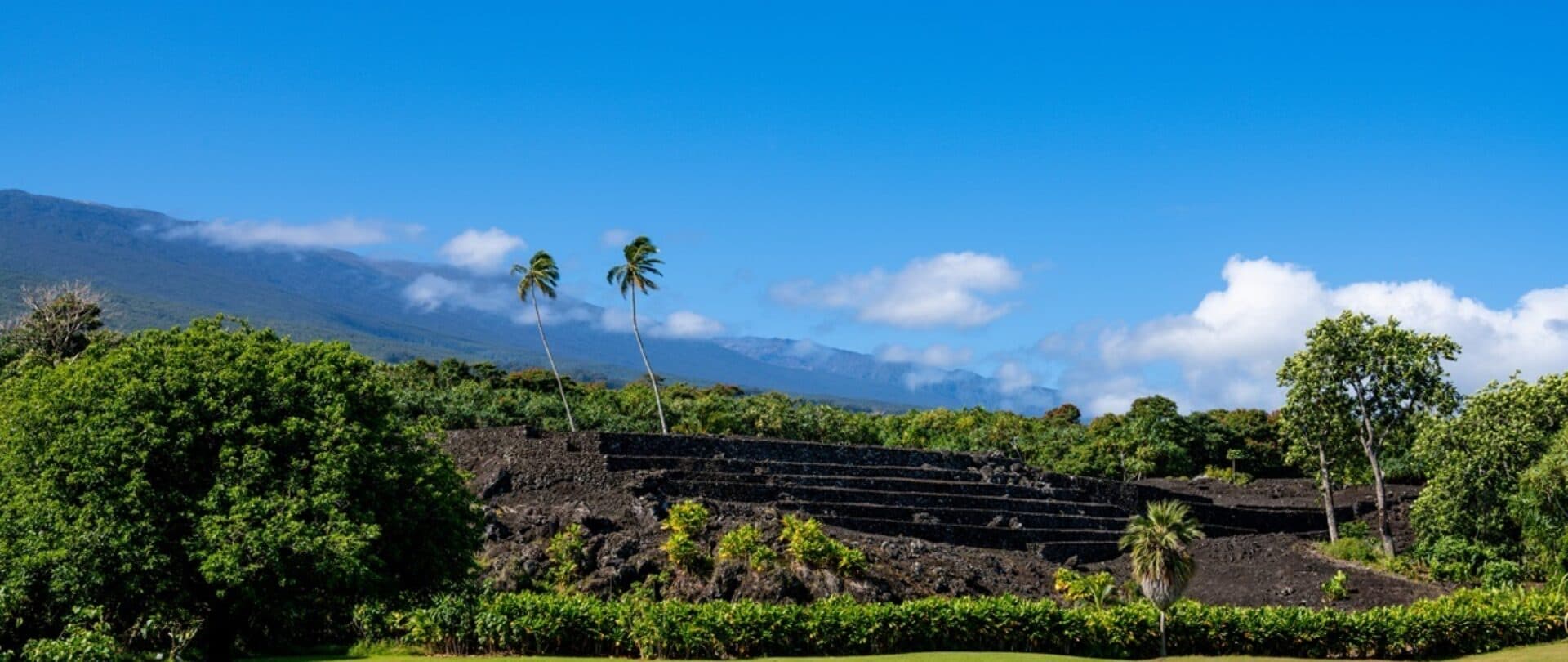Mālama Maui
Preserving Maui’s Cultural Traditions
BY Krystal Kakimoto
Once the capital of the Hawaiian Kingdom, Maui has served as a sacred space steeped with mana (spiritual power) where the people of Hawaiʻi gathered and Hawaiian culture flourished. For thousands of years, people across the world looked to Maui as a hub of Hawaiian arts and heritage but in August 2023, the world looked to Maui for other reasons. As wildfires tore through parts of the island, the world watched in horror as lives, homes, businesses and cultural sites were lost. In the months that followed, the resiliency and strength of the people of Maui were evident as they rebuilt their community. To support this effort, many have turned to local organizations whose missions are to preserve Maui’s rich cultural traditions to ensure the naʻauao (knowledge) of the past was present as they moved towards the future.
Hale Hōʻikeʻike
Within the halls of Hale Hōʻikeʻike are over 2,000 priceless artifacts that demonstrate Hawaiian history since the era of pre-contact. Under the leadership of the Maui Historical Society and its Executive Director, Naomi “Sissy” Lake Farm, Hale Hōʻikeʻike is a site where Hawaiian history is both preserved and brought to life via their museum exhibits, community lectures, and cultural events. When asked what drives the Maui Historical Society, Lake Farm points to the people within the organization who generate the energy to carry out their mission. “We have board members, staff and volunteers who are committed and passionate about the stories and history of Maui. They help to showcase our organization through day-to-day operations and build partnerships within the community to keep our mission forefront in the peoples’ minds.”
Within their collection are invaluable artifacts such as a temple image of Kamapuaʻa (“hog child”), the Hawaiian demigod associated with Lono, the god of agriculture. This is the only wooden statue on Maui to survive the 1819 purge of the ancient kapu system, which is referred to as the “Hawaiian Cultural Revolution”. Also under their care are antiques from the personal collections of aliʻi (nobility), documents related to the first families of missionaries to travel to Maui and rare pieces of art that capture glimpses of Hawaiʻi before the time of photography.
In addition to touring the museum and viewing its artifacts, simply visiting its grounds can be an awe-inspiring experience because of the history imbued within the ʻāina (land). Hale Hōʻikeʻike sits on the grounds of the former royal compound of Kahekili, the last ruling chief of Maui. From here, Kahekili controlled every major island in the archipelago except Hawaiʻi Island. Much later, in 1883, the land took on a very different role when a mission house was constructed that served as a base camp for the missionaries. The building eventually became the Wailuku Female Seminary, a boarding school that trained young Hawaiian women in language and domestic arts. Today, this same building houses Hale Hōʻikeʻike.
Lake Farm understands the important role the Maui Historical Society has in preserving Maui’s history and the symbol that Hale Hōʻikeʻike serves as. “As caretakers of the land, artifacts, photographs and documents entrusted to our care, it is our responsibility to ensure that the cultural roots and history that define our community will continue to be here for generations.”
Hale Hōʻikeʻike; 2375A Main Street, Wailuku, HI 96793; (808) 244-3326; mauimuseum.org; open Tuesday to Friday from 10 a.m. to 2 p.m.
A&B Sugar Museum
For over a century, the sugar industry dominated the Hawaiian islands influencing many aspects of island life. To commemorate the impact sugar plantations had, the Alexander & Baldwin Sugar Museum was created to share the history of sugar plantations in Hawaiʻi and showcase the multiethnic communities they gave rise to. “At the Sugar Museum, we are driven by a profound passion for safeguarding Hawaiʻi’s rich cultural heritage,” Jill Pridemore, Executive Director of the A&B Sugar Museum. Pridemore adds, “Our mission is rooted in the belief that understanding and preserving the history of the sugar industry is integral to appreciating the broader tapestry of Hawaiian culture. Through the lens of this vital industry, we aim to connect past, present and future generations.”
Located in the former mill manager’s home of Puʻunēnē Plantation, the museum offers a variety of exhibits to explain the inextricable connection between sugar plantations and the Hawaiian Islands. The exhibits housed within the museum explore sugar plantations through both scientific and cultural lenses. In addition to presenting the science and economics of the sugar industry, ethnographic artifacts are also on display to give guests a glimpse into life on the plantations and showcase how different cultures interacted.
Along with their museum exhibits, Pridemore explains the many ways the museum connects with the community to achieve its mission: “To ensure that Hawaiʻi’s cultural history remains accessible for generations to come, our organization undertakes meticulous efforts in archiving, educational programs and community engagement. We actively collaborate with local schools and cultural institutions to develop curricula that integrate the unique history of sugar in Hawaiʻi.” When asked what the future holds for the A&B Sugar Museum, Pridemore notes that their goals encompass expanding access: “By embracing innovation while respecting tradition, we hope to create an enduring legacy that transcends time.”
A&B Sugar Museum; 3957 Hansen Road, Puʻunēnē, HI 96784; (808) 871-8058; sugarmuseum.com; open Monday to Thursday from 10 a.m. to 2 p.m.
ʻĪao Valley
Within the lush valley of ʻĪao, stories of love, loss, war and death are held. As legend tells, the iconic peak of ʻĪao Needle, or Kukaʻemoku in Hawaiian, is tied to the lore of the Hawaiian demigod, Maui. After Maui secured the betrothal of his daughter, ʻĪao, to a Hawaiʻi Island chief, he discovered her secret love affair with the merman demigod, Puʻukamoa. Maui flew into a rage and was determined to kill Puʻukamoa. His booming voice could be heard all the way to Hawaiʻi Island, where it reached the ears of Pele, the goddess of volcanoes and fire. Pele traveled to the island to intervene on Puʻukamoa’s behalf but her pleas were for naught. In the end, the only thing that stopped Maui was the tears of his daughter. However, his rage wasn’t fully calmed, for he turned Puʻukamoa into the stone landmark known as the ʻĪao Needle.
In 1790, the valley was the site of fierce battles between Kamehameha the Great and Kalanikūpule, the son of Kahekili. As Kamehameha the Great’s men closed in on Kalanikūpule, Kalanikūpule decided to climb the ʻĪao Needle to use the site as both a hiding place and a venue to watch for the approaching warriors. When the two groups met, a battle so bloody ensued that the waters of the stream ran red with the blood of the dead. The conflict resulted in Kamehameha the Great winning this pivotal battle in his quest to unify the Hawaiian islands.
Today, the majestic beauty of ʻĪao Valley has been preserved by the State of Hawaiʻi and serves as one of the most accessible cultural sites on Maui. The 4,000-acre valley is open for visitors who can partake in a 0.6-mile paved walking path that features a lookout to view the ʻĪao Needle. There is an additional paved loop trail that takes people through an ethnobotanical garden that runs adjacent to ʻĪao stream.
ʻĪao Valley State Monument; 54 S. High Street, Wailuku, HI 96793; dlnr.hawaii.gov/dsp/hiking/maui/iao-needle-lookout-trail-and-ethnobotanical-loop/; open daily from 7 a.m. to 6 p.m.
Kōʻieʻie Fishpond
When the first Polynesian settlers arrived on the islands, they also discovered that sheltered coves and lagoons were ideal settings for creating fishponds. The walled fishponds, or loko iʻa, were technological advancements found nowhere else in the Pacific and are still used to this day to feed communities. Kōʻieʻie Fishpond is one such ancient fishpond constructed between 1400 A.D. and 1500 A.D. in North Kīhei. Since the 1990s, ‘Ao‘ao O Nā Loko I‘a O Maui has worked to restore and revitalize the Kōʻieʻie Fishpond.
In addition to caring for the fishpond, the group also offers educational presentations for groups. People of all ages are welcome to attend their sessions, during which they share information on the Hawaiian ahupuaʻa (land division) system and life within the fishpond. To ensure future generations are in touch with the ways of ancient Hawaiians, they also created the Nā Keiki O Ke Kai Program to expose keiki to the chants and moʻolelo (stories) of ancestors. They also offer hands-on education by teaching keiki to paddle a waʻa (canoe), dance hula and sail in the holo ka waʻa (sailing canoes). The mission of these programs is to propagate, perpetuate and protect the ways of our kūpuna (ancestors).
Kōʻieʻie Fishpond located in Kalepolepo Beach Park; 726 S. Kīhei Road, Kīhei, HI 96753; (808) 359-1172; mauifishpondassociation.org; open daily from 7 a.m. to 8 p.m.
Piʻilanihale Heiau
Constructed in the 14th century, Piʻilanihale Heiau is known as the largest heiau (Hawaiian temple) in Polynesia. It was dedicated to high chief Piʻilani, who conquered the Hāna region of Maui and ultimately unified the island. The vast size of this heiau points researchers to believe that it was used as a luakini heiau where rituals of human and animal sacrifices were offered to the Hawaiian god Kū. Today, Piʻilanihale Heiau sits within the Kahanu Garden and Preserve and is cared for by the National Tropical Botanical Garden (NTBG). Now deemed a National Historical Landmark, Piʻilanihale Heiau had fallen into disrepair caused by grazing cattle and unchecked vegetation, but the laulima (communal work) of the NTBG helped restore the sacred heiau to its original glory.
Visitors can tour the grounds via Garden Day Passes along a 1.5-hour, self-guided tour learning the plants, archaeology and culture of the area. For those wanting a more in-depth experience, the NTBG also offers 2-hour guided tours that explore the moʻolelo (stories) of ancient Hawaiʻi and Chief Piʻilani. Guides also share about the traditional uses of plants brought to the islands by Hawaiians and the ʻike (knowledge) passed on by previous generations. In addition to the garden tours, Kahanu Gardens also offers community events to share information and bring the community together.
Piʻilanihale Heiau at the Kahanu Garden and Preserve; 650 Ulaino Road, Hāna, HI 96713; (808) 248-8912; ntbg.org/gardens/kahanu; open Monday to Saturday from 9 a.m. to 3 p.m.
Lahaina Restoration Foundation
For over sixty years, the Lahaina Restoration Foundation has worked to preserve Lahaina’s historic and cultural heritage, making it accessible to people across the globe. During this time, the organization worked to restore and preserve twelve landmarks and historic sites, resulting in six museums and a community-curated collection that told Lahaina’s story. When the wildfires tore through Lahaina, many of these irreplaceable artifacts were lost as well as the historic sites which they sat within.
Kimberly Flook, Deputy Executive Director of the Lahaina Restoration Foundation, highlights the importance of the area as a driving mission behind their efforts to rebuild historic Lahaina. “Lahaina holds a unique place in Hawaiʻi and the world, having been a key location in every era of Hawaiian history from pre-contact to modern times. More importantly, Lahaina was the first capital of the Kingdom of Hawaiʻi.” Despite the devastating fire, Flook adds that these histories are still present today. “Our task moving forward is to restore these sites so that the historic core of Lahaina is once again secure and easily accessible. This will be a huge job that will take years and millions of dollars, but with the support of the community, we know it can be done. We will work tirelessly to design these projects, to raise the funds to complete them and find new ways to tell the stories of Lahaina as we work to restore its historic sites.”
Lahaina Restoration Foundation; (808) 661-3262; lahainarestoration.org.
Across the island, people and organizations have come together to rebuild and restore Maui. Through their hard work, the precious cultural traditions of the island have been preserved to ensure these ways are never lost.
You May Like

See + Do
ʻĪao Valley Needle

See + Do
ʻĪao Valley State Monument
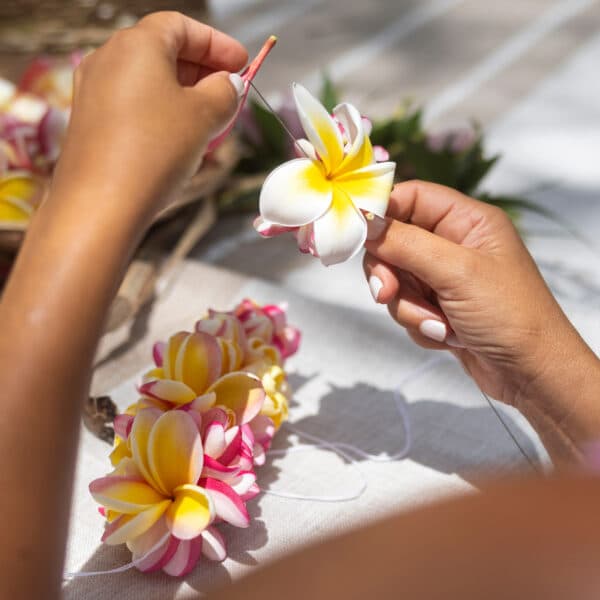
See + Do
Lahaina Cannery Cultural Events

See + Do
Hawaiʻi Wildlife Discovery Center
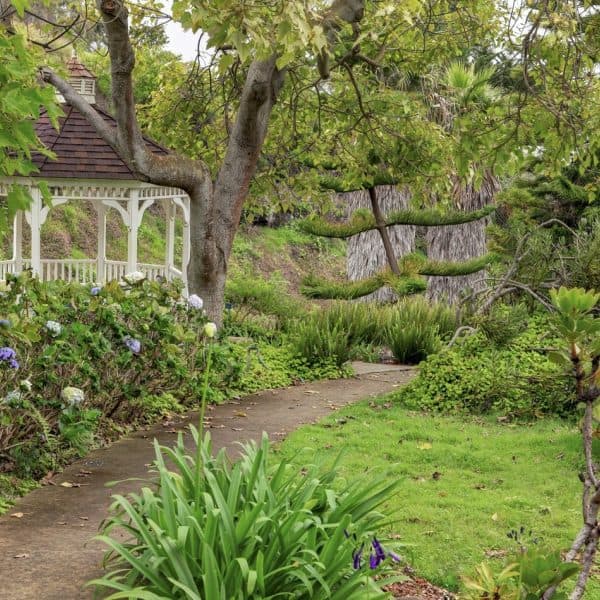
See + Do
Kula Botanical Garden
Features
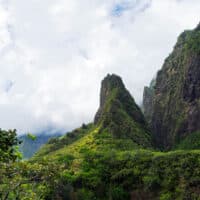
See + Do
ʻĪao Valley Needle
Central Maui
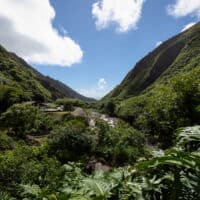
See + Do
ʻĪao Valley State Monument
Central Maui
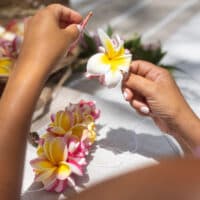
See + Do
Lahaina Cannery Cultural Events
West Maui
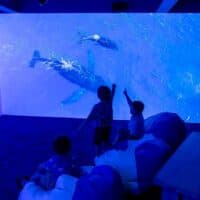
See + Do
Hawaiʻi Wildlife Discovery Center
West Maui
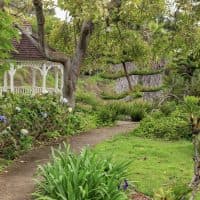
See + Do

